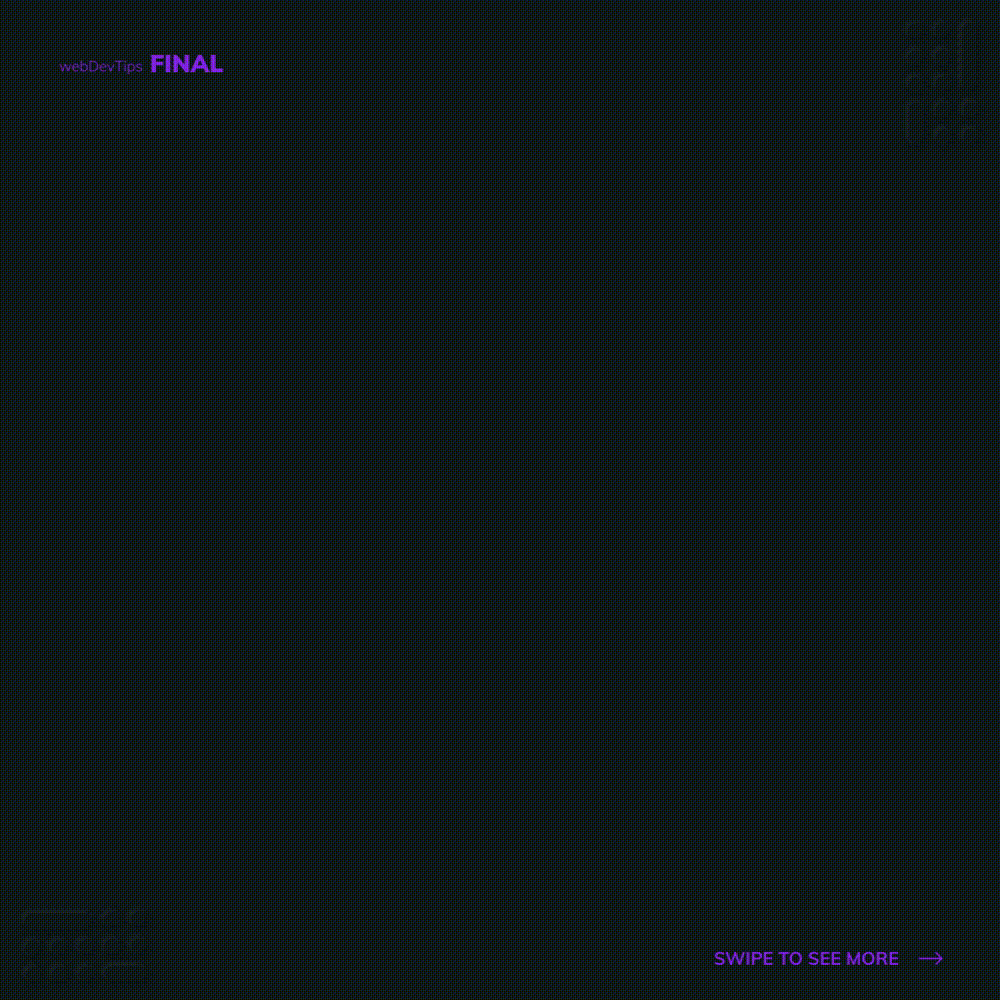Awesome flashlight effect with a few lines of CSS & JS

Hey guys, happy Monday! 🤓
For today's tip we'll check this awesome flashlight effect with just some lines of CSS and JavaScript!
<div class="navbar">
<div class="hamburguer">
<span></span>
<span></span>
<span></span>
</div>
</div>
<h1>This is hidden</h1>
<p>
Lorem ipsum dolor...
</p>
We'll create the actual light with a radial-gradient on the root element. But since we want this to be dynamic and to move around with the cursor, we'll use some CSS variables to set the X and Y position for our light circle.
.navbar {
position: absolute;
top: 0;
left: 0;
right: 0;
height: 5rem;
background-color: #8125e2;
padding: 2.5rem 1.5rem;
}
.hamburguer span {
display: block;
width: 33px;
height: 3px;
margin-top: 6px;
border-radius: 20px;
background-color: #fff;
}
h1 {
text-align: center;
color: #424242;
font-size: 2.5rem;
}
p {
margin-top: 2rem;
color: #616161;
font-weight: 300;
font-size: 1.1rem;
line-height: 2rem;
}
:root {
cursor: none;
--cursorXPos: 50vw;
--cursorYPos: 50vh;
}
:root:before {
content: '';
width: 100%;
height: 100%;
position: fixed;
background: radial-gradient(
circle 8rem at var(--cursorXPos) var(--cursorYPos),
rgba(0, 0, 0, 0) 0%,
rgba(0, 0, 0, 0.95) 100%
);
z-index: 11;
}
Then, with Javascript we will add a 'mousemove' event listener on our document that will update these CSS variables so they have the current position of our cursor.
function trackMouse(event) {
document.documentElement.style.setProperty(
'--cursorXPos',
`${event.clientX}px`
)
document.documentElement.style.setProperty(
'--cursorYPos',
`${event.clientY}px`
)
}
document.addEventListener('mousemove', trackMouse)
And that's basically it! Let me know your thoughts on this tip 👌🙏